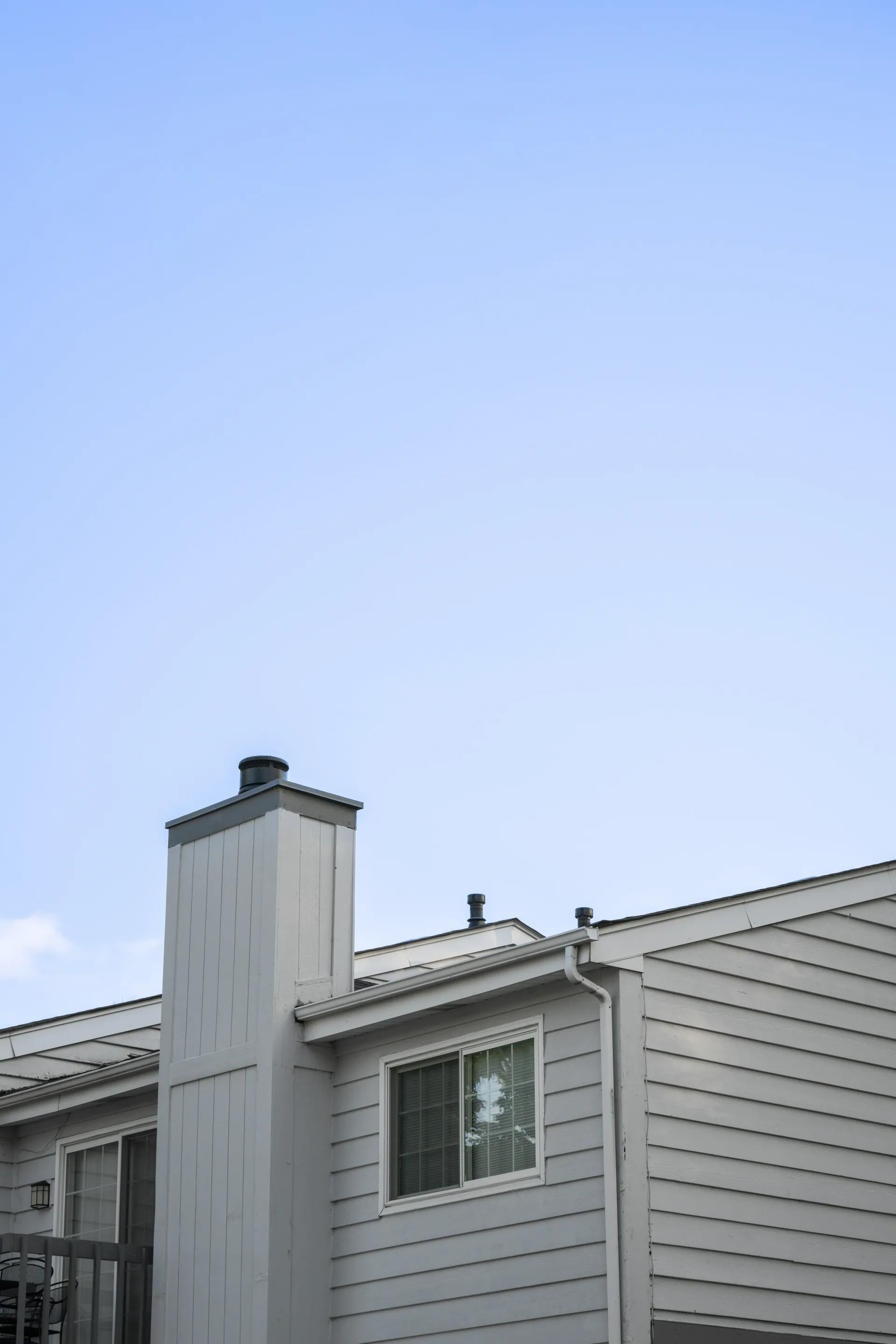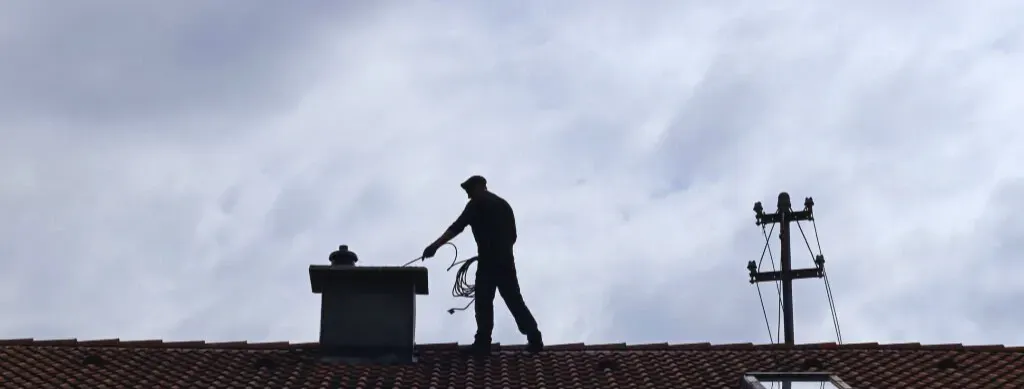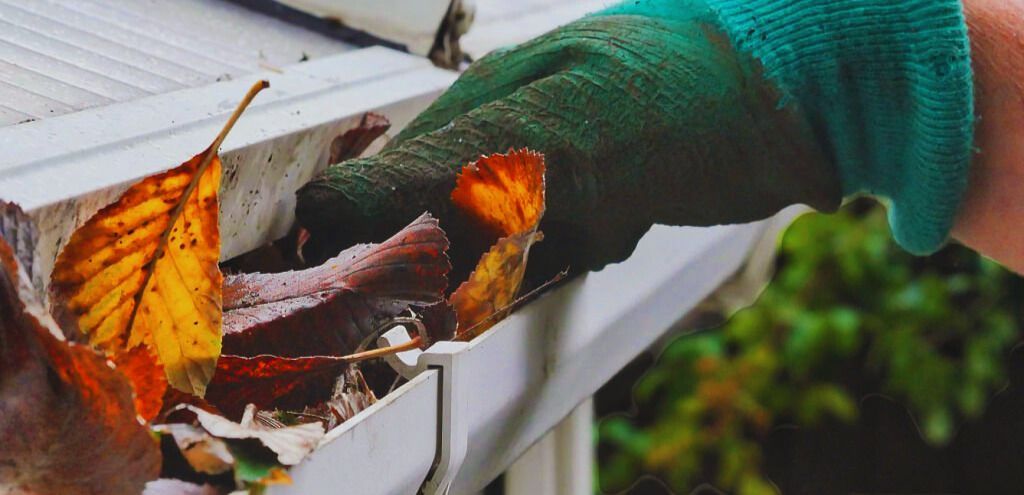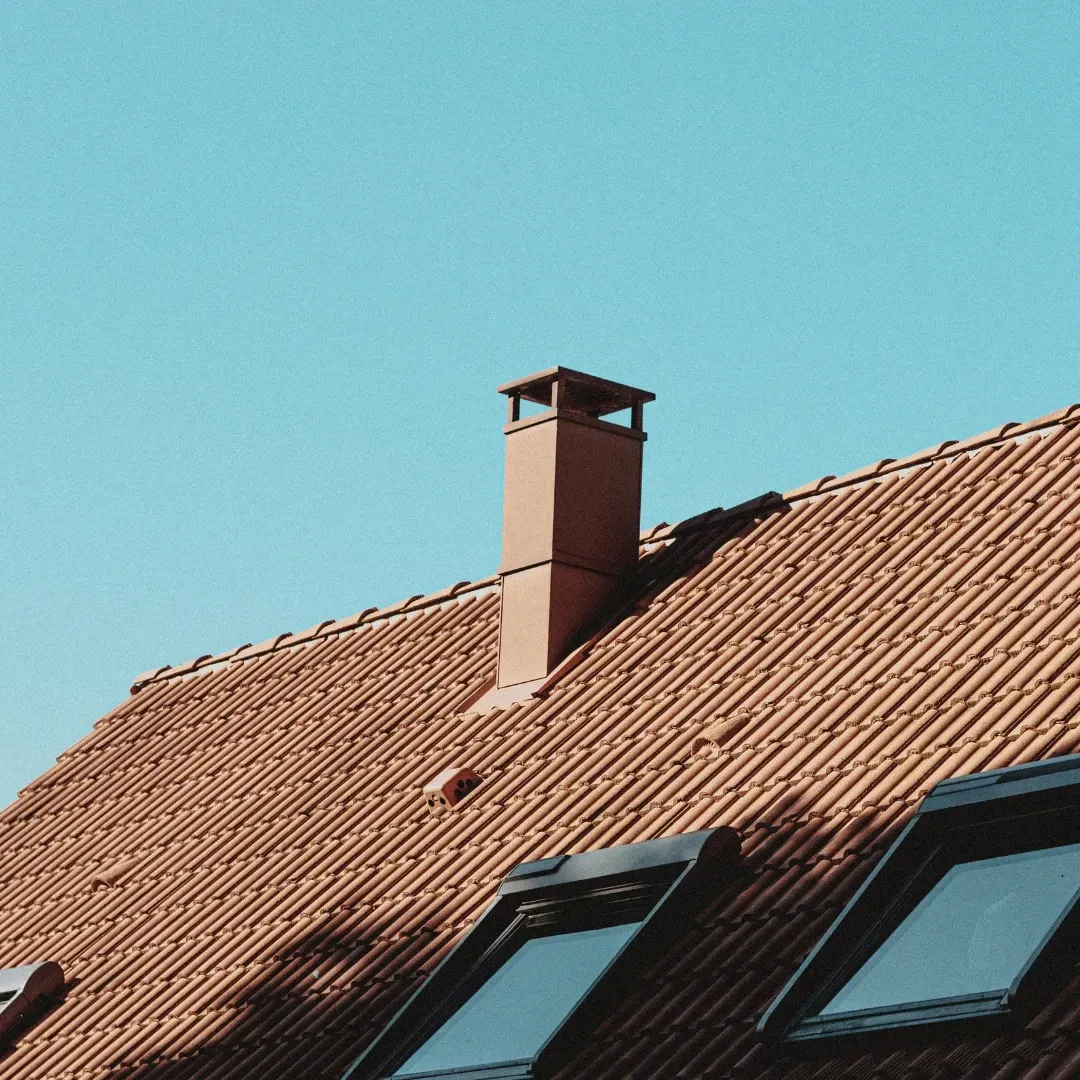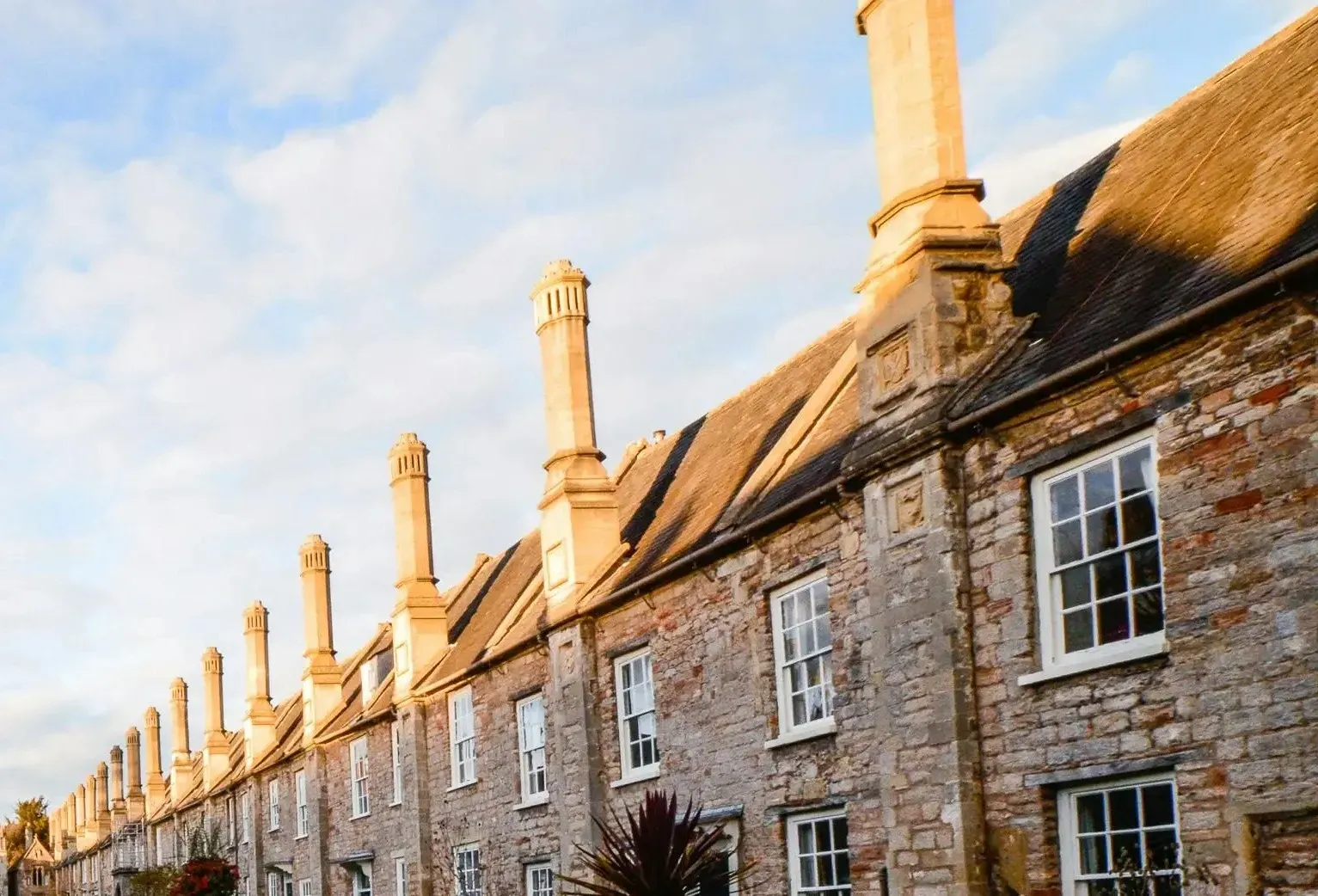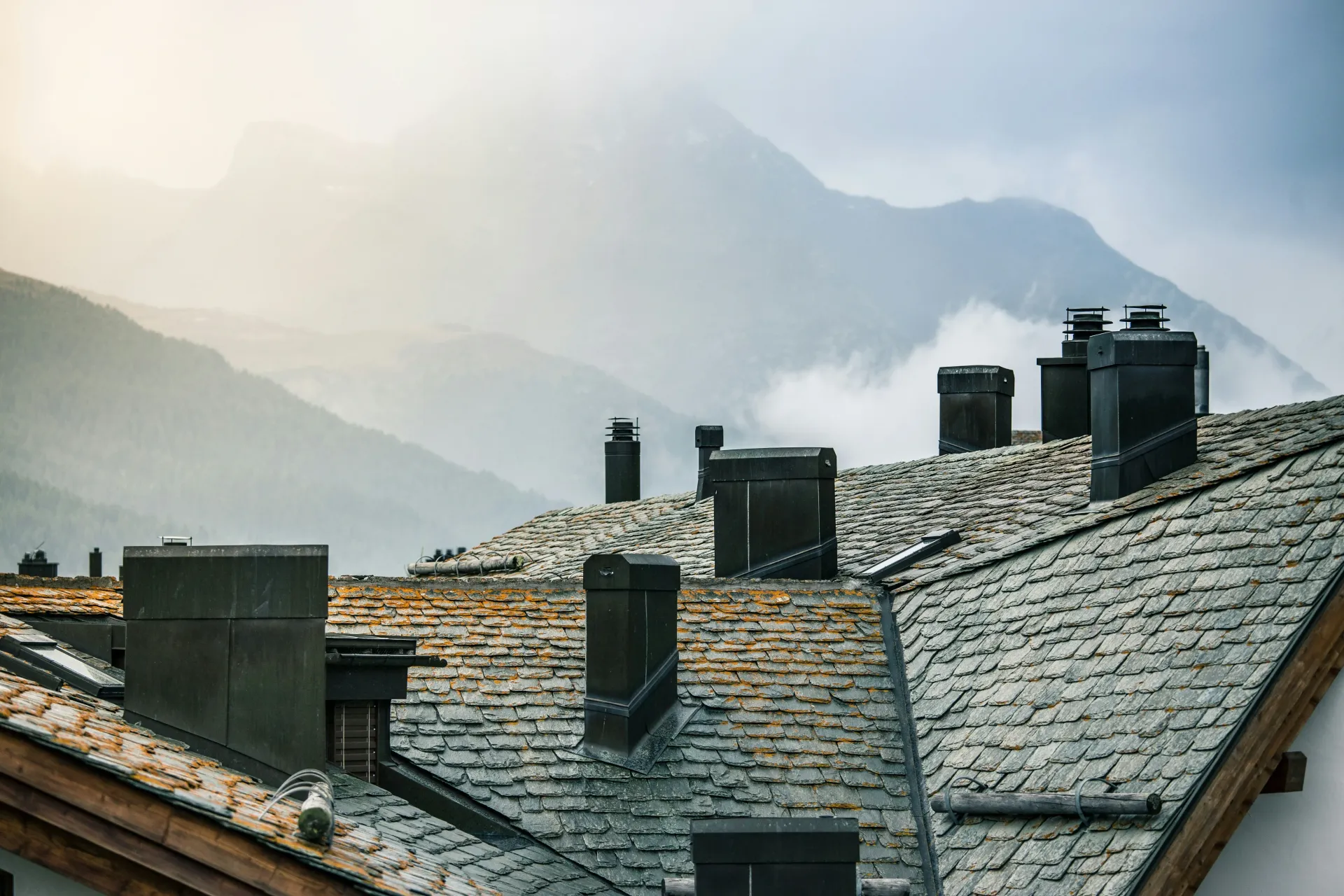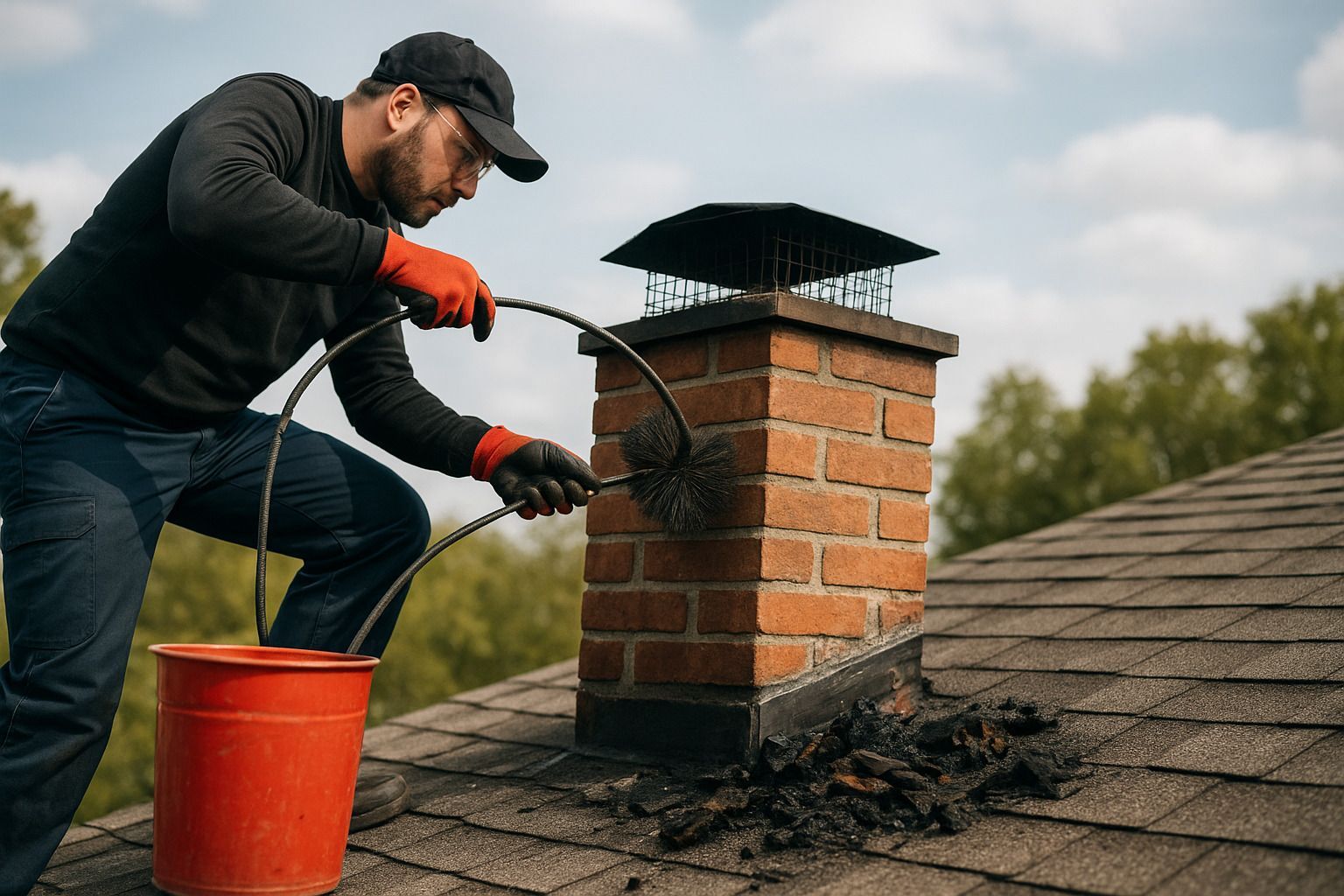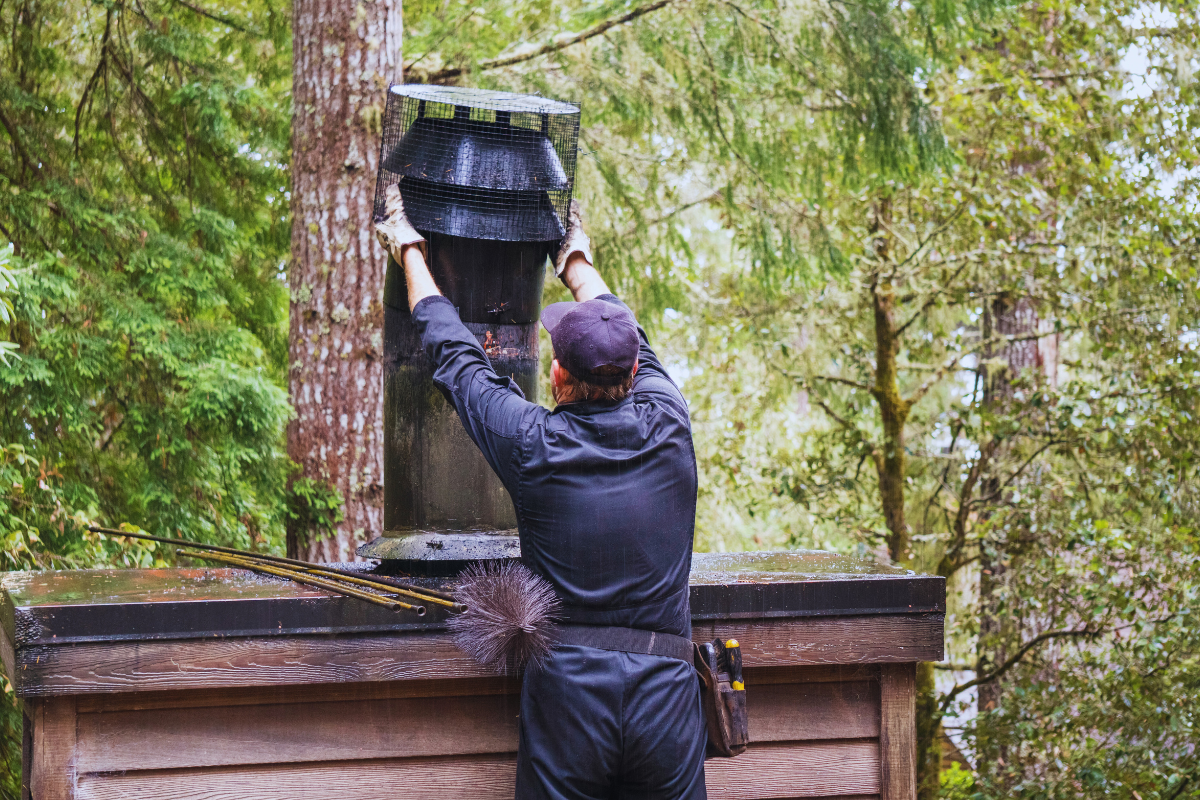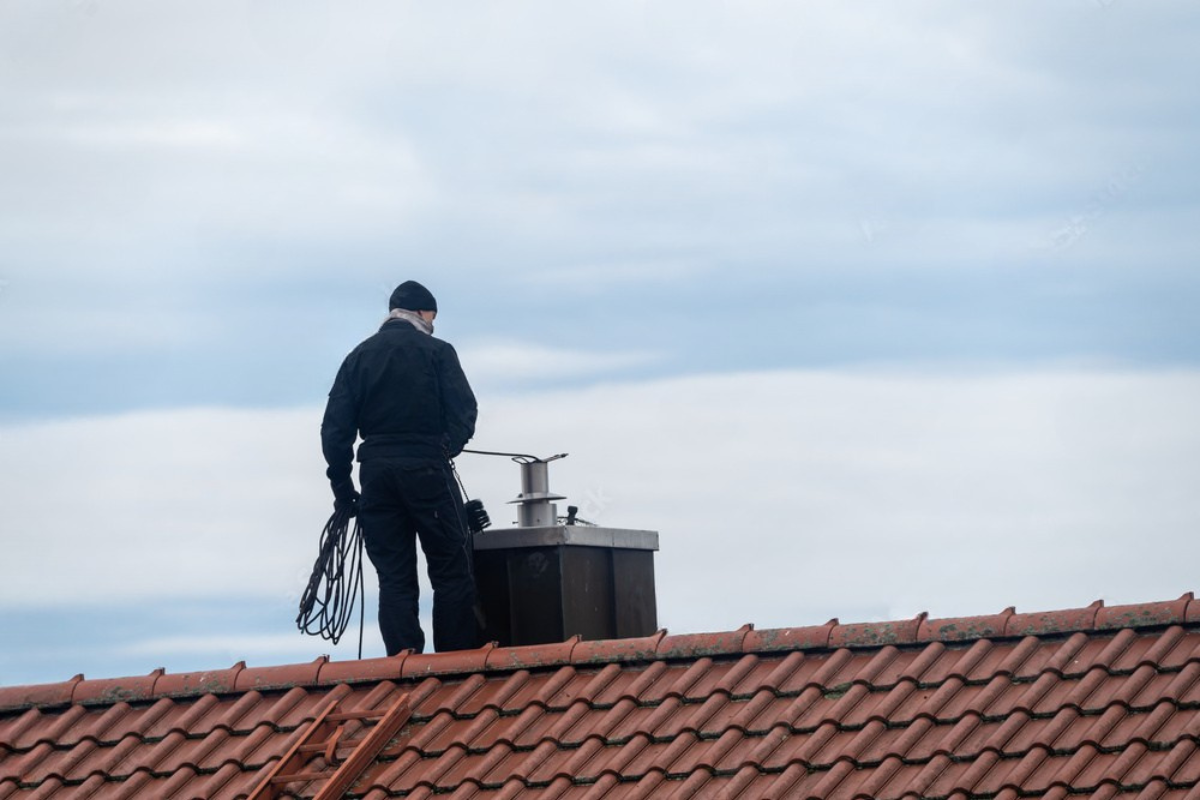Mastering the Art of Fire Starting: A Cozy Guide to Chimney Fire Starters in Maine & New Hampshire
One chilly winter evening in Maine, I found myself staring at my cold fireplace, newspaper crumpled in hand, wondering why my usual fire-starting routine wasn't working. That frustrating experience led me on a journey to discover the best fire starters and techniques for our unique New England climate. Today, I'm excited to share everything I've learned about getting those perfect, cozy fires going in your chimney.
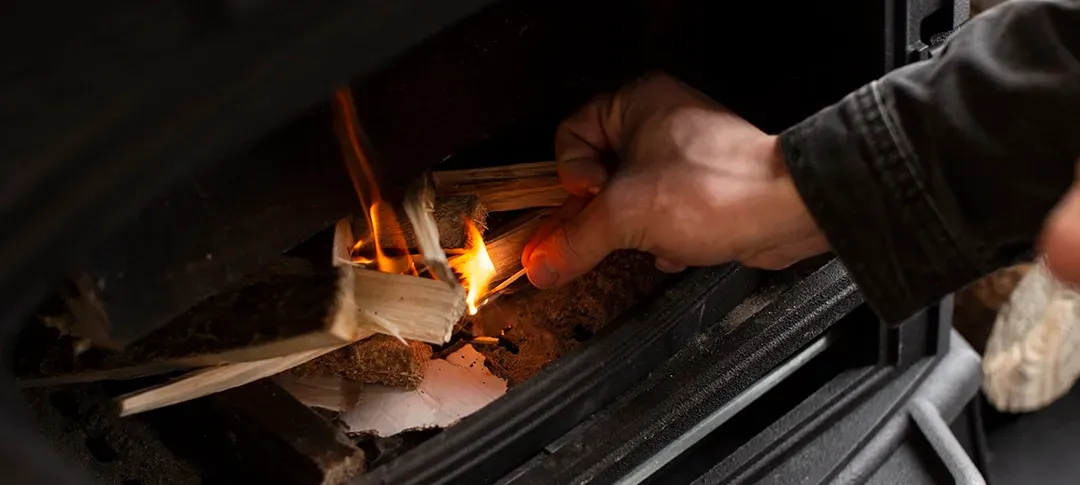
Understanding Different Types of Chimney Fire Starters
As a chimney service professional with years of experience serving Maine and New Hampshire homeowners, I've experimented with countless fire starters. Let's explore the options available to keep your home warm and comfortable.
Traditional Fire Starters
Traditional fire starters have stood the test of time for good reason. Here's what I've found works best:
- Newspaper and Kindling
- Rolled newspaper (not glossy magazines)
- Dry kindling wood (split into pencil-thickness pieces)
- Small twigs and branches
- Natural Materials
- Fatwood (resin-rich pine wood)
- Dried pine cones
- Dried bark
"The key to successful fire starting isn't just about what you use, but how you use it. Proper arrangement is just as important as the materials themselves."
Commercial Fire Starters
When it comes to store-bought options, I recommend:
- Wax-based starters
- Longer burning time
- Clean burning
- Reliable performance
- Chemical starters
- Quick ignition
- Weather-resistant
- Consistent results
Natural and Eco-Friendly Options
Living in New England has taught me to appreciate our natural resources. Here are my favorite eco-friendly fire starters:
- DIY Natural Fire Starters
- Dryer lint and wax
- Pinecone and wax combinations
- Newspaper logs
| Fire Starter Type | Burn Time | Eco-Friendly Rating | Cost |
|---|---|---|---|
| Wax-based | 10-15 min | ★★★☆☆ | $$ |
| Natural/DIY | 5-8 min | ★★★★★ | $ |
| Chemical | 8-12 min | ★★☆☆☆ | $$$ |
My Top Recommendations for Chimney Fire Starters
After years of testing different products while providing professional chimney services, here are my top picks:
Best Overall Choices
- Super Cedar Fire Starters
- All-natural cedar wood
- Burns for 30 minutes
- Perfect for tough-to-light situations
- Lightning Nuggets
- Made from pine resin
- Non-toxic
- Reliable in damp conditions
Budget-Friendly Options
- Homemade wax and sawdust starters
- Compressed newspaper logs
- Collected and dried pine cones
Eco-Conscious Selections
- Recycled paper products
- Local fatwood
- Natural wax and fiber combinations
Safe Fire Starting Techniques
Safety always comes first when starting a fire. As someone who provides chimney maintenance services, I've seen the importance of proper technique.
Step-by-Step Guide
- Prepare your materials
- Gather fire starters
- Split kindling
- Choose seasoned firewood
- Build the base
- Place larger logs at the bottom
- Create air spaces
- Position fire starter
- Add kindling
- Arrange in a teepee or pyramid
- Leave space for airflow
- Add smaller pieces gradually
Safety Precautions
- Always ensure proper ventilation
- Keep flammable items away
- Have a fire extinguisher nearby
- Check smoke detectors regularly
Common Mistakes to Avoid
- Using wet or green wood
- Overcrowding the fireplace
- Forgetting to open the damper
- Using too much paper
Seasonal Considerations for Fire Starting
Winter Fire Starting Tips
Living in Maine and New Hampshire, I've learned these winter-specific techniques:
- Store fire starters in a dry place
- Bring materials inside to warm up
- Use extra starter material on very cold days
- Keep backup options available
Off-Season Storage
Proper storage ensures your fire starters work well when needed:
- Store in airtight containers
- Keep in a dry location
- Label and rotate stock
- Protect from extreme temperatures
Maintaining Your Chimney for Optimal Fire Starting
Regular Maintenance Schedule
A well-maintained chimney makes fire starting easier. Contact us for professional maintenance services including:
- Annual inspections
- Creosote removal
- Repair recommendations
- Safety assessments
Professional Inspection Benefits
Regular professional inspections ensure:
- Safe operation
- Efficient burning
- Extended chimney life
- Peace of mind
Environmental Impact and Sustainable Practices
Eco-Friendly Alternatives
I always recommend considering these sustainable options:
- Recycled materials
- Local natural resources
- Renewable products
Reducing Carbon Footprint
Tips for environmentally conscious fire starting:
- Use local wood sources
- Choose sustainable fire starters
- Practice efficient burning techniques
- Maintain proper chimney function
Key Takeaways
- Choose appropriate fire starters for your needs
- Follow safety guidelines consistently
- Maintain your chimney regularly
- Consider environmental impact
- Store materials properly
Frequently Asked Questions
Q: How often should I clean my chimney?
A: I recommend annual cleaning and inspection for regular users. Contact our team for professional assessment.
Q: Are chemical fire starters safe?
A: When used properly, commercial chemical starters are safe but natural alternatives are often better.
Q: What's the best fire starter for wet wood?
A: I recommend wax-based or fatwood starters for challenging conditions like wet wood.
Q
: How can I make my own fire starters?
A: Combine dryer lint or sawdust with wax in paper cups or egg cartons for effective DIY starters.
Conclusion
After years of experience in Maine and New Hampshire, I've found that successful fire starting comes down to using the right materials, proper technique, and regular chimney maintenance. Whether you choose commercial products or natural alternatives, remember that safety and efficiency go hand in hand. For professional guidance on chimney maintenance and fire safety, visit our homepage or contact us for personalized assistance.
Remember, the perfect fire starter is the one that works best for your specific needs while keeping safety and environmental impact in mind. Stay warm and cozy!
